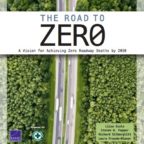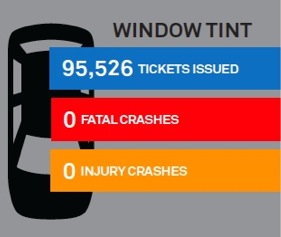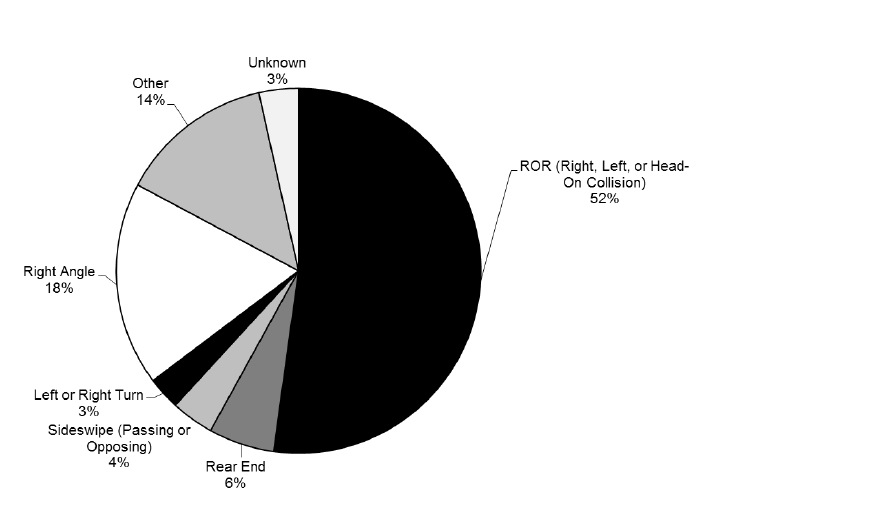
Imagine yourself in 2050, the first year in which not a single person in America died in a traffic crash. How can that be? The United States’ population has exceeded 400 million. The demand for mobility has increased with the population and improved access to transportation, especially for groups that previously had limited mobility options. It’s thanks to some amazing strides we’ve made since the 2010s in several different areas. Nearly all vehicles, including motorcycles, now have high levels of vehicle automation, whether they are self-driving or human-driven. Almost all cars now brake automatically, warn drivers about objects in their blind spots, park themselves, adjust their speed, and stay in their lanes. While crashes still happen, there are many fewer of them.
View this complete post...











![Figure 1 Highway fatality rate by year [5]](https://www.infrastructureusa.org/wp-content/uploads/2013/11/Louisiana-1.jpg)




 RSS Feed
RSS Feed